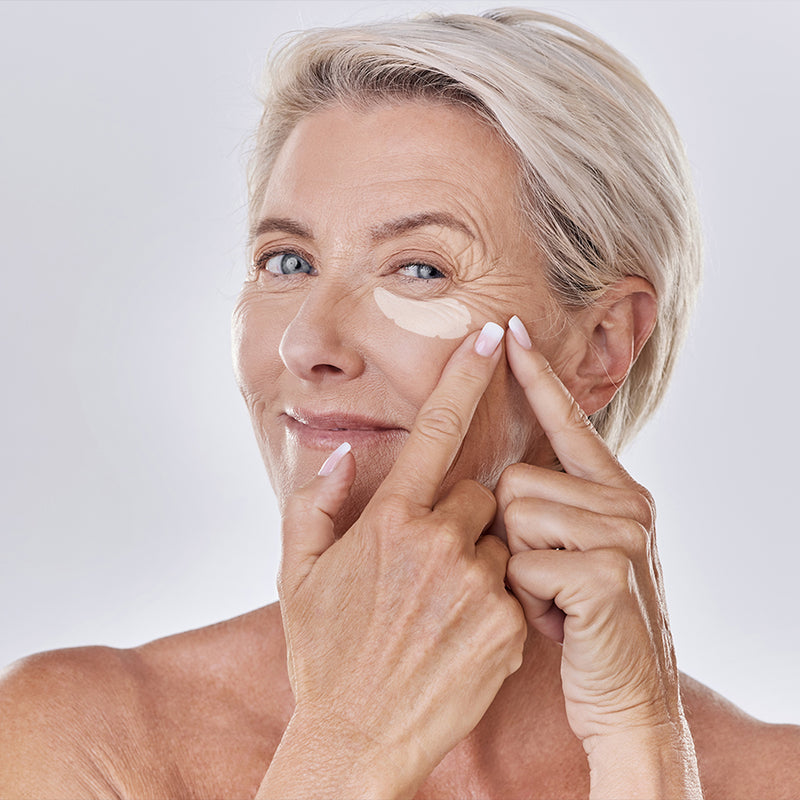In recent years, microneedle patches have emerged as a revolutionary method for delivering active ingredients directly into the skin. But what exactly are these patches, and how do they work? This article will delve into the science behind microneedle patches, exploring their mechanisms, benefits, and applications in the beauty and medical fields.

What Are Microneedle Patches?
Microneedle patches are small adhesive patches embedded with tiny needles, typically ranging from 25 to 100 micrometers in length. These needles are designed to penetrate the outer layer of the skin, known as the stratum corneum, without reaching the nerve endings, thus minimizing pain and discomfort. The primary purpose of these patches is to deliver therapeutic agents, such as vitamins, peptides, or vaccines, directly into the skin.
How Do Microneedle Patches Work?
The mechanism of action for microneedle patches is quite fascinating. When applied to the skin, the microneedles create microchannels that allow for the efficient absorption of active ingredients. This process can be broken down into several key steps:
- Application: The patch is applied to clean, dry skin.
- Penetration: The microneedles penetrate the epidermis, creating microchannels.
- Delivery: Active ingredients are released into the skin through these channels.
- Absorption: The ingredients are absorbed into the dermis, where they can exert their effects.
"Microneedle patches represent a significant advancement in transdermal drug delivery, offering a painless and effective alternative to traditional methods." - Dr. Jane Smith, Dermatologist
Benefits of Using Microneedle Patches
There are numerous advantages to using microneedle patches, making them an attractive option for both consumers and healthcare professionals:
- Painless Application: Unlike traditional needles, microneedles are minimally invasive and cause little to no pain.
- Enhanced Absorption: The microchannels created by the needles allow for better absorption of active ingredients compared to topical applications.
- Convenience: Microneedle patches are easy to use and can be applied at home without the need for professional assistance.
- Targeted Delivery: These patches can deliver specific ingredients to targeted areas, enhancing their effectiveness.
Applications of Microneedle Patches
Microneedle patches are versatile and can be used in various applications, including:
- Beauty Treatments: Many skincare brands are incorporating microneedle patches into their products to deliver anti-aging ingredients, such as hyaluronic acid and collagen.
- Medical Uses: Microneedle patches are being explored for vaccine delivery, pain management, and even insulin administration for diabetes patients.
For instance, the HydraMicroneedle Patch is designed to deliver hyaluronic acid directly into the skin, providing deep hydration and a plump appearance.
Conclusion
In conclusion, microneedle patches represent a groundbreaking advancement in both the beauty and medical fields. Their ability to deliver active ingredients effectively and painlessly makes them an exciting option for consumers seeking innovative skincare solutions. As research continues to evolve, we can expect to see even more applications and benefits from this remarkable technology.
For more information, check out this informative video on microneedle patches.







